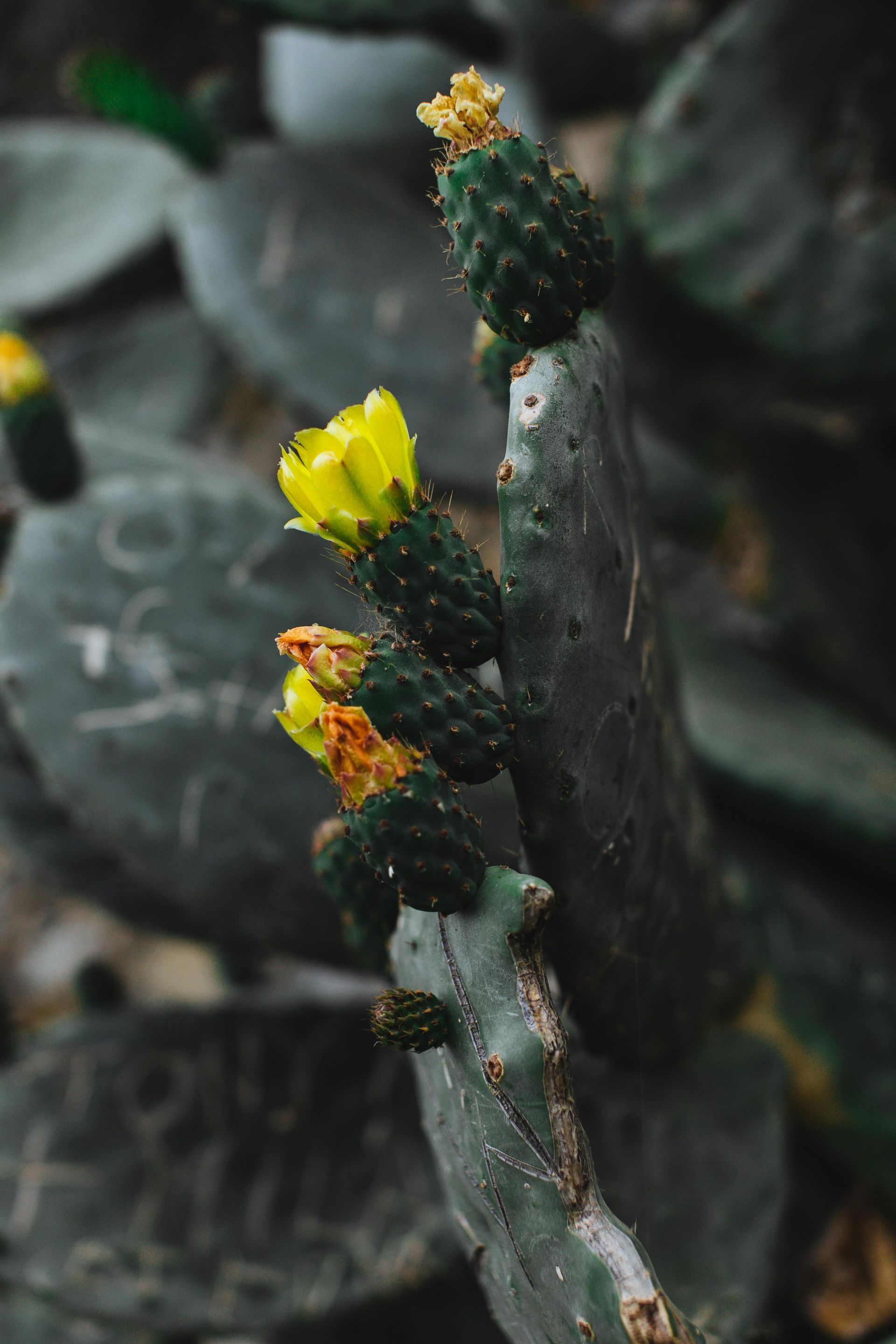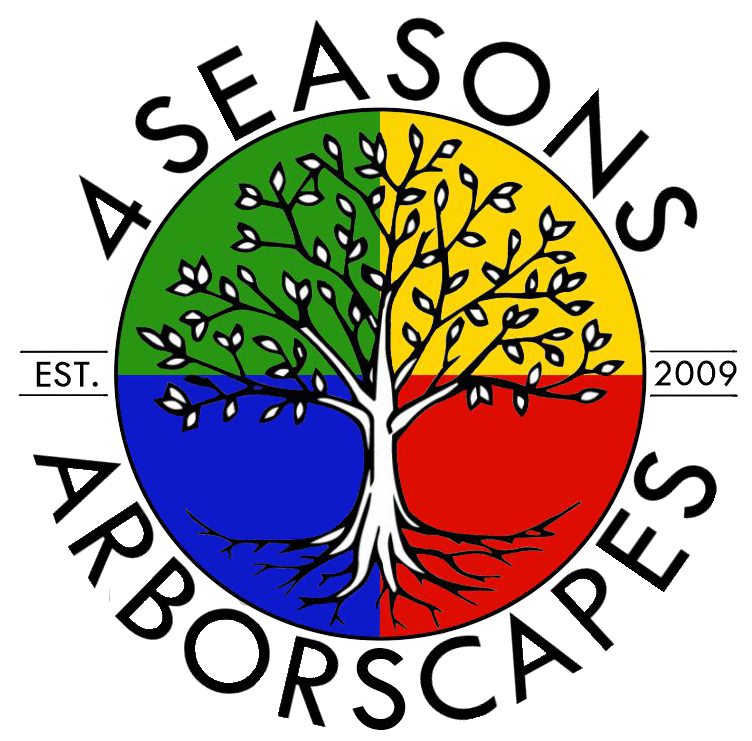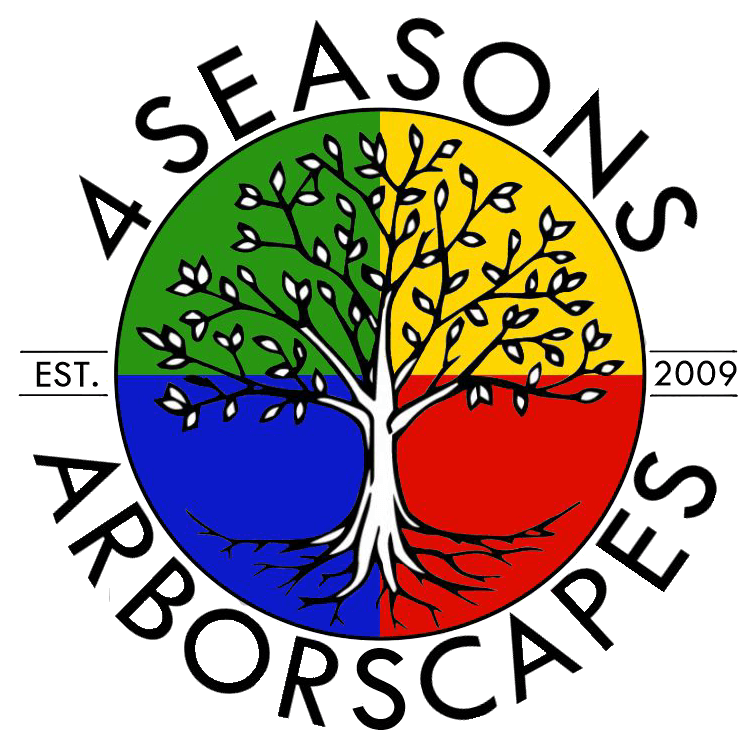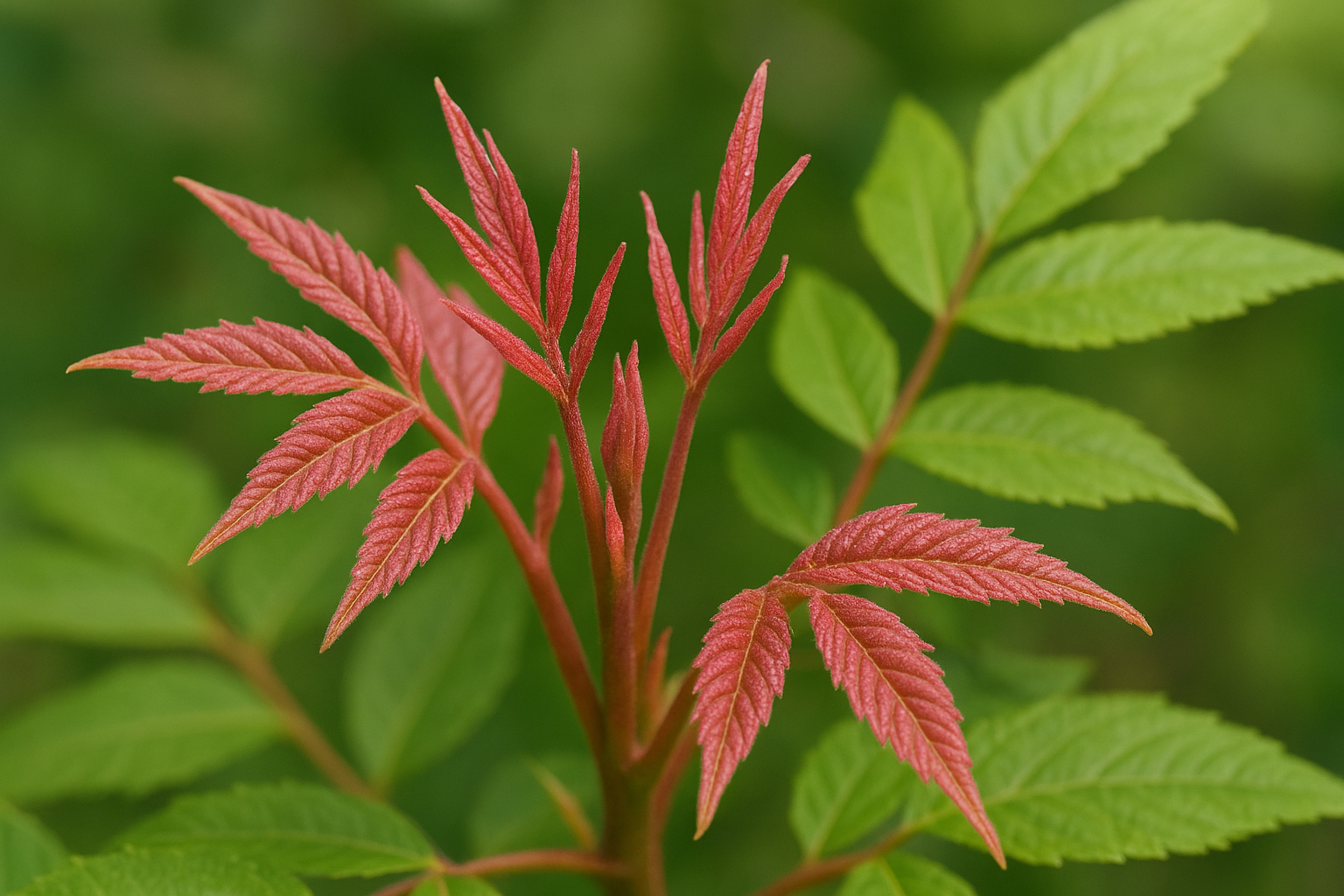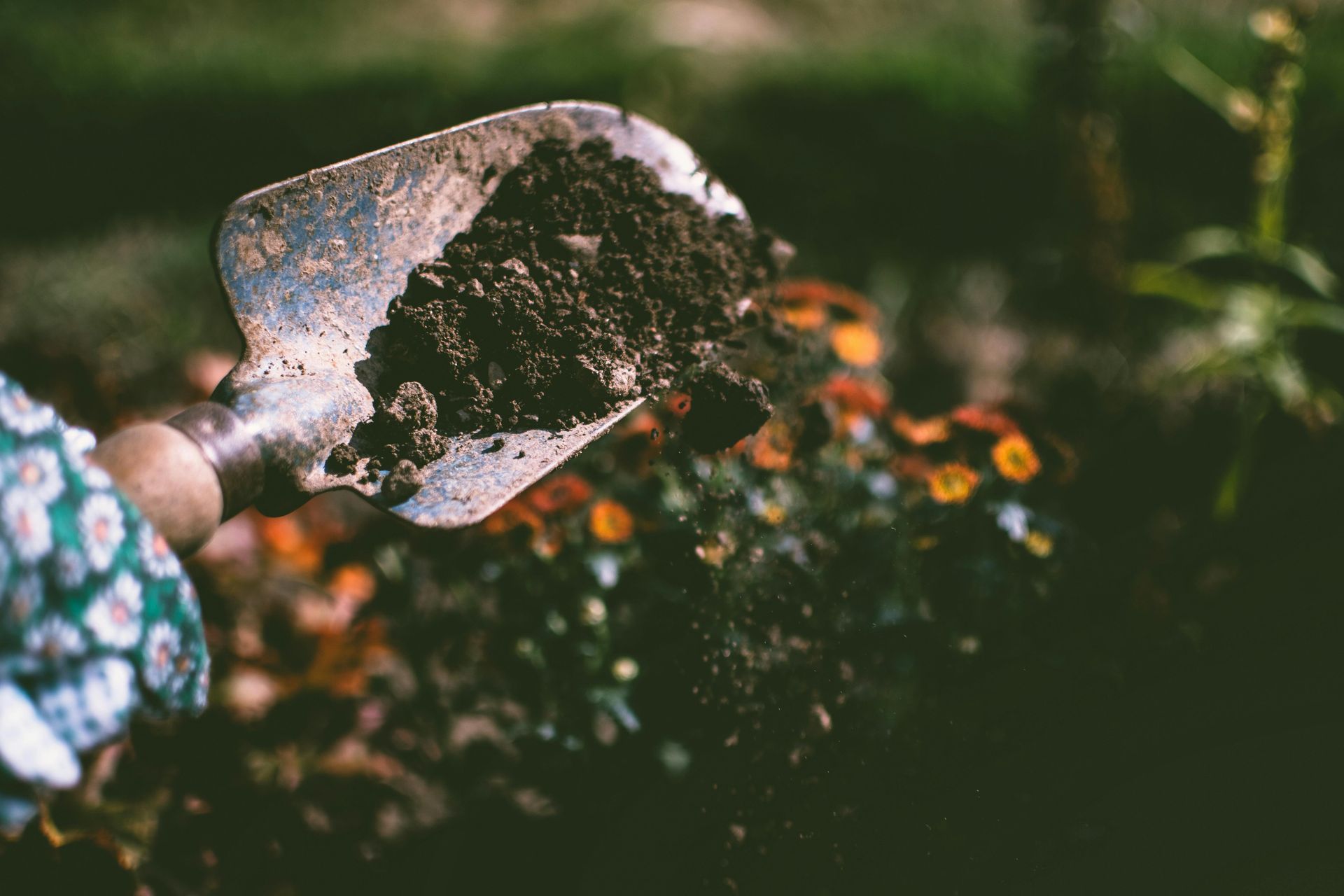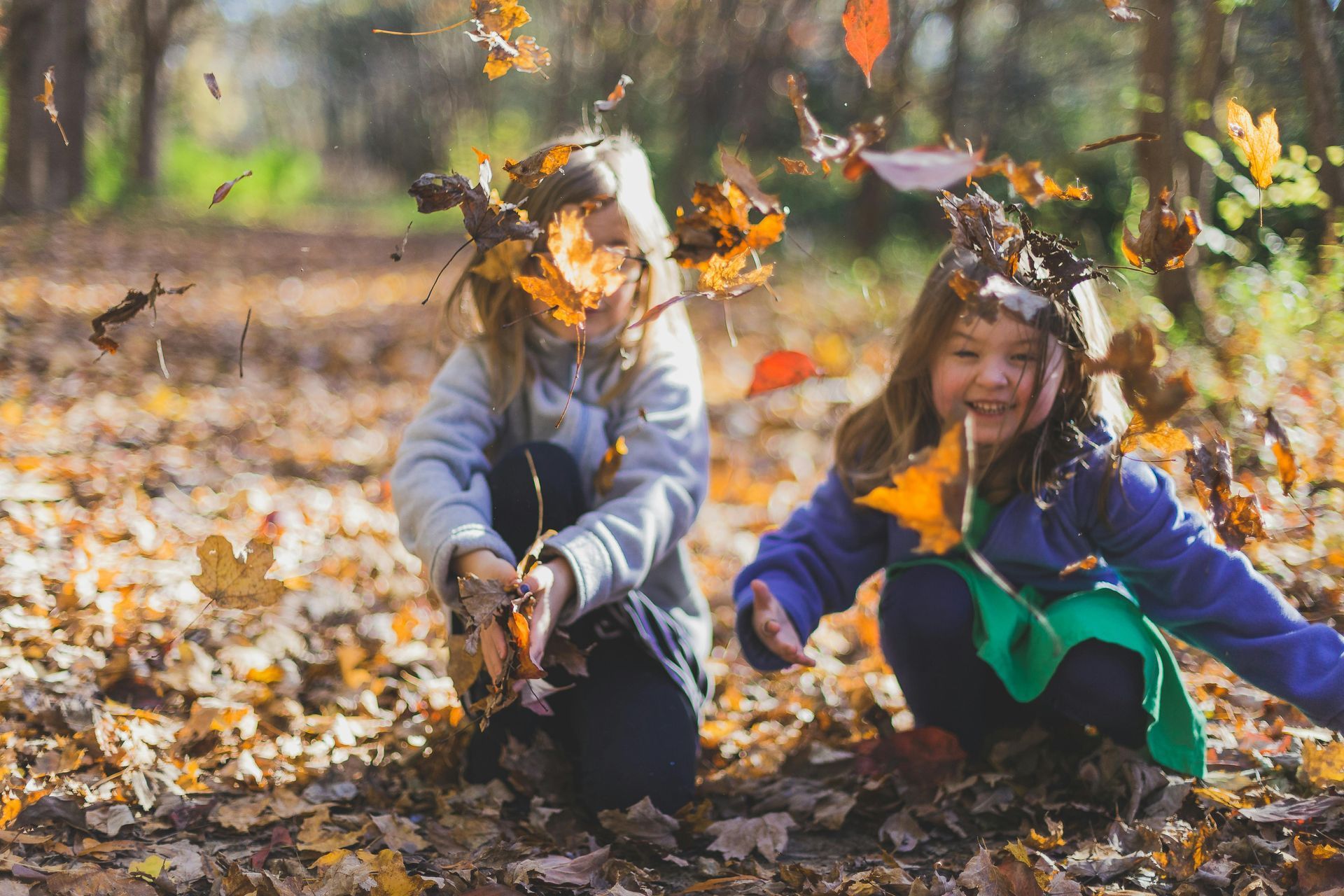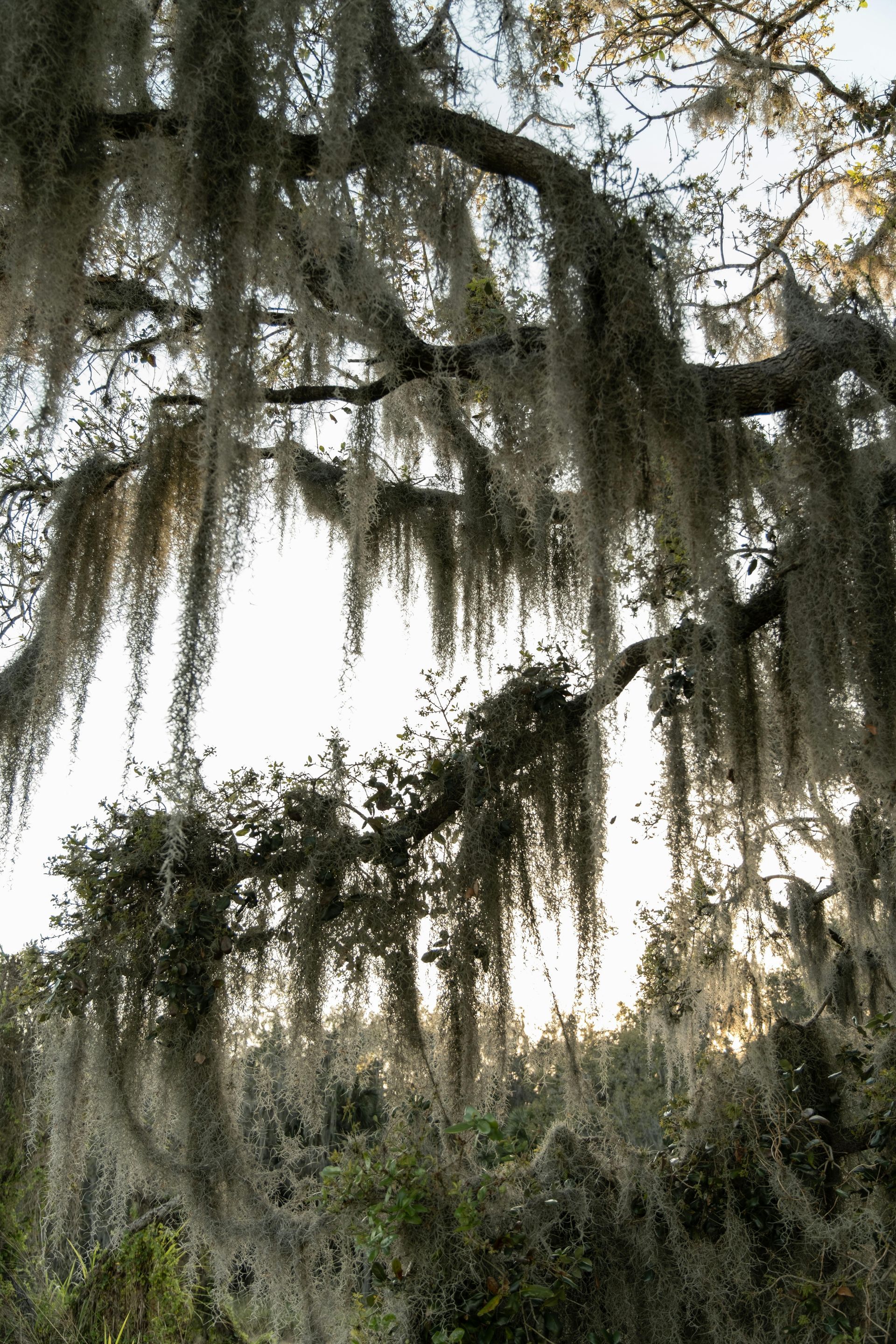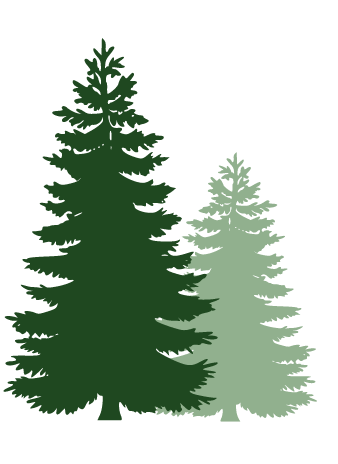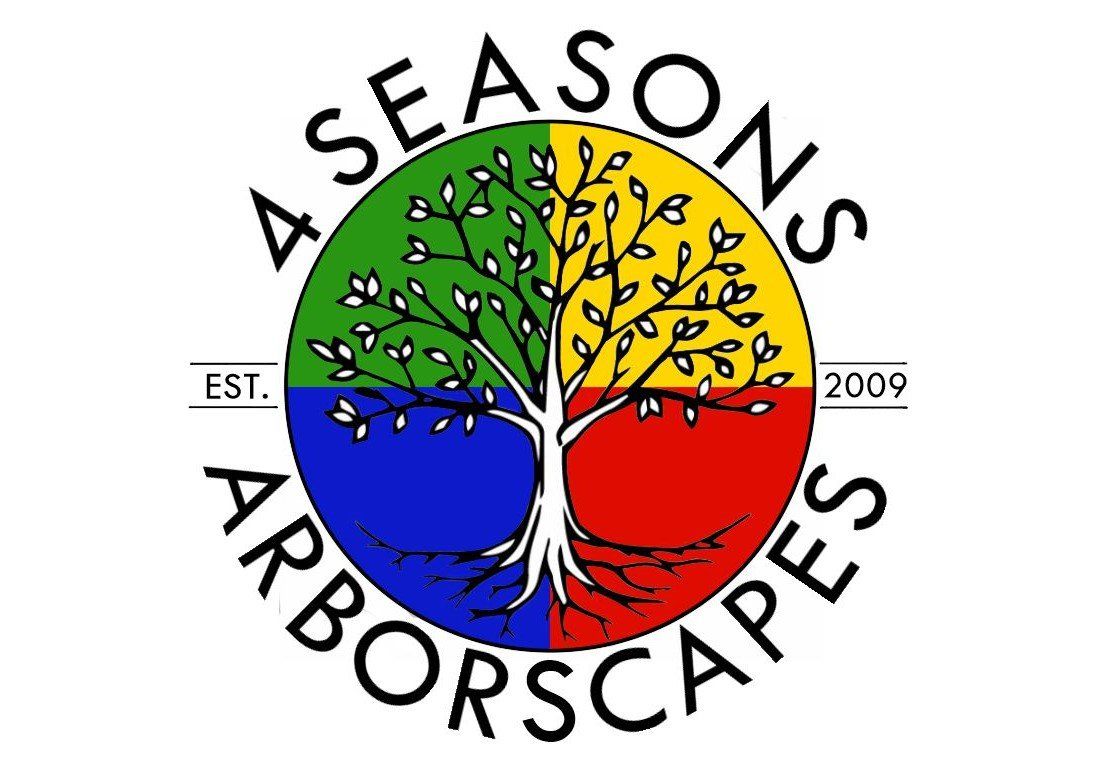An Update on Beech Leaf Disease (BLD)
Beech Leaf Disease (BLD), caused by the nematode Litylenchus crenatae ssp. mccannii, continues to spread across Pennsylvania.
As of 2024, the disease has been confirmed in all 67 counties, and this year symptoms are increasingly visible in southeastern forests.
What the Disease Looks Like
- Dark, banded striping between the veins of beech leaves
- Cupped, thickened, or leathery leaves
- Premature leaf drop and thinning canopy
- Bud mortality and twig dieback
Smaller understory beeches often decline fastest, but even large, mature trees are at risk after repeated years of infection.
Potassium Phosphite, A Promising Treatment
Until recently, there were no effective management options for BLD.
Now, researchers in Ohio, Connecticut, and Pennsylvania are reporting encouraging results from potassium phosphite (phosphite, not phosphate) treatments.
How It Works
Potassium phosphite products (sold as fertilizers or fungicides) appear to stimulate the tree’s natural defenses.
They interfere with nematode development inside buds, reducing leaf striping, bud death, and canopy thinning.
What Trials Are Showing
Soil drenches and bark sprays of phosphite products (such as PolyPhosphite 30) have reduced symptoms in saplings and small trees.
Treated trees often show greener, fuller canopies and lower nematode counts compared to untreated controls.
Larger trees can also respond, though uptake and results are more variable.
Experimental Application
- Soil drench or basal bark spray at the base of trees.
- Typical guidance: ~2 oz of product mixed with 14 oz water per inch of trunk diameter (DBH), applied once or twice per growing season.
- Multiple years of treatment are often required.
Other Treatment Options Under Study
- Thiabendazole injections (Arbotect 20-S) have shown reductions in nematode populations in large trees.
- Fluopyram sprays, a nematicide/fungicide, may reduce nematodes in leaves and prevent bud infection.
- These are still in testing phases and not widely available for forest-scale use.
What This Means for Southeastern PA
With BLD now entrenched across the state, landowners and forest managers in southeastern Pennsylvania should:
- Monitor beech trees for early symptoms: banding, cupping, and canopy thinning.
- Prioritize treatment for specimen trees, shade trees, and wildlife-important seed producers.
- Work with local extension offices (Penn State Extension, DCNR) for up-to-date recommendations.
- Stay tuned to research. Phosphite treatments are promising, but still considered experimental.
Bottom Line
Beech Leaf Disease continues to threaten one of our keystone forest species, but potassium phosphite treatments offer the first real hope of slowing decline.
While not yet a cure, these treatments may buy time for important trees and give researchers a chance to explore long-term solutions, including resistance breeding and improved management strategies.
Check out the latest:
